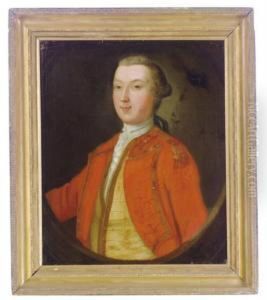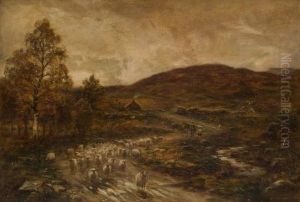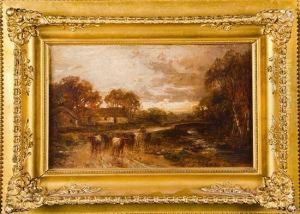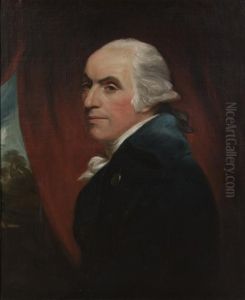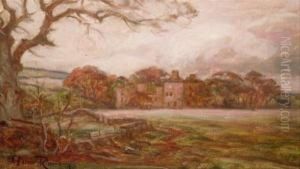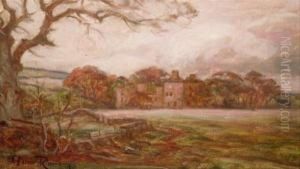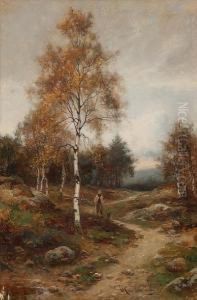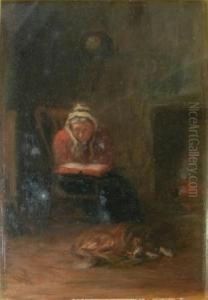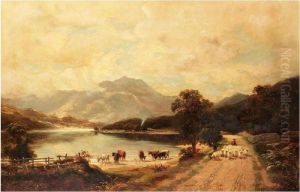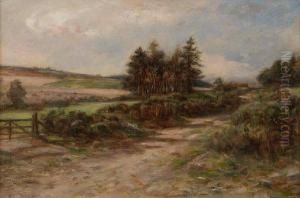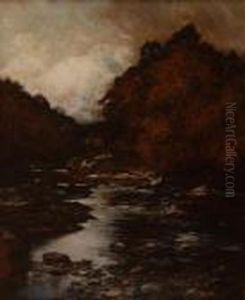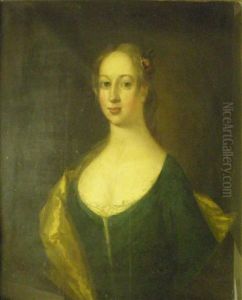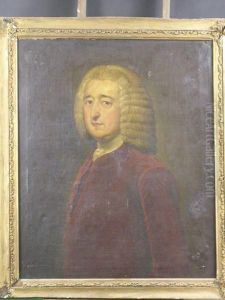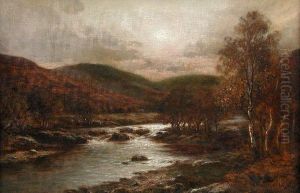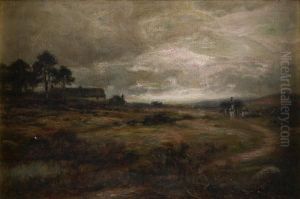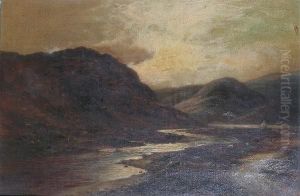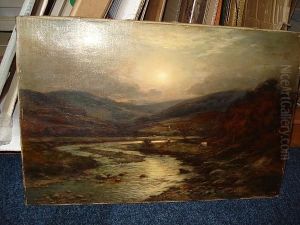Allan Ii Ramsay Paintings
Allan Ramsay was a prominent Scottish portrait painter born on October 13, 1713, in Edinburgh, Scotland. He was the eldest son of Allan Ramsay, a poet and author of 'The Gentle Shepherd.' Ramsay's education began in the literate and artistic environment of Edinburgh, and he showed an early interest in the arts. His initial artistic training was under the Swedish painter Hans Hysing in London and later, under the guidance of the eminent Italian painter Francesco Imperiali in Rome. Ramsay's time in Italy, from 1736 to 1738, was pivotal; he was deeply influenced by the works of the Old Masters and the contemporary Italian painters, which shaped his style and technique.
After returning to London, Ramsay established himself as a leading portraitist among the British nobility. His portraits were known for their elegance, refinement, and the portrayal of the inner character of his sitters. In 1757, Ramsay was appointed Painter in Ordinary to King George III, a position that significantly boosted his career. He became involved in numerous royal commissions, including the iconic portraits of King George III and Queen Charlotte.
Ramsay was not only a painter but also an intellectual. He was friends with leading figures of the Scottish Enlightenment, such as David Hume and Adam Smith. His interest in Enlightenment ideals was reflected in his writings and the intellectual pose he often gave to his subjects in his portraits.
In the latter part of his career, Ramsay focused more on his role as a court painter and less on private commissions. His health began to decline in the early 1770s, leading him to retire from painting in 1773. He spent his remaining years overseeing his art collection and engaging in intellectual pursuits until his death on August 10, 1784, in Dover, England.
Allan Ramsay's legacy is marked by his contribution to British portrait painting and his role in the cultural milieu of the 18th century. His work is characterized by the sensitivity and sophistication of his portrayals, and his portraits remain celebrated for their artistic and historical significance.
